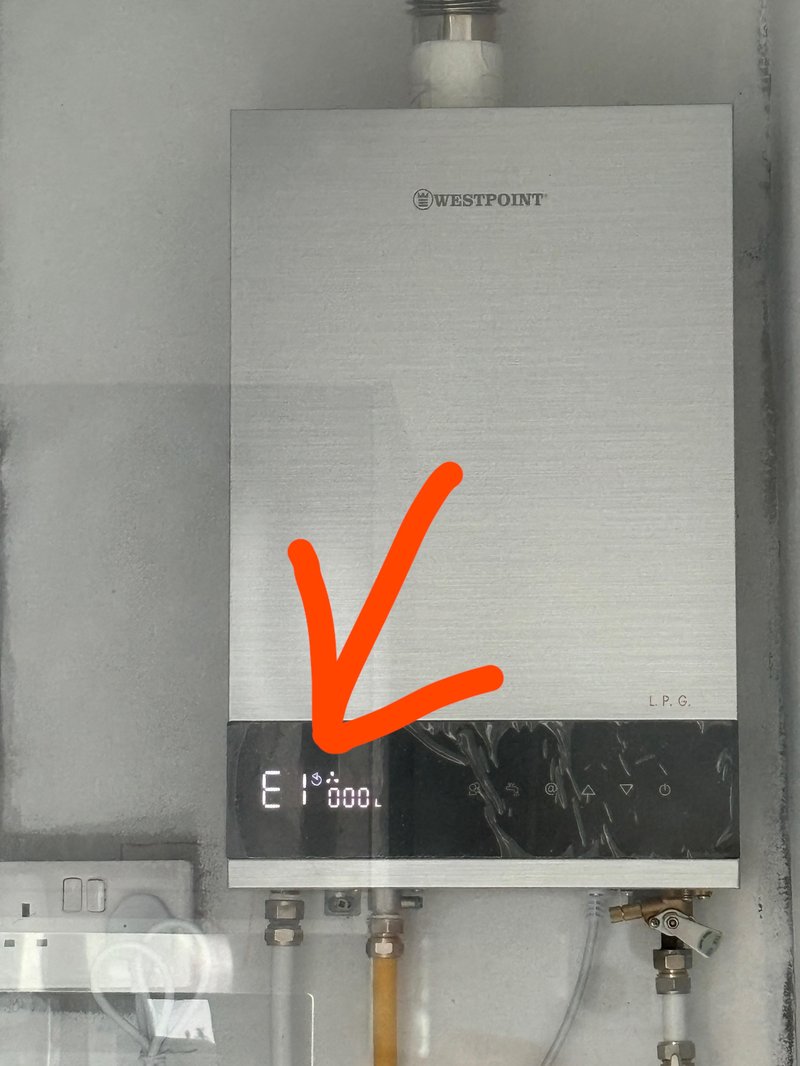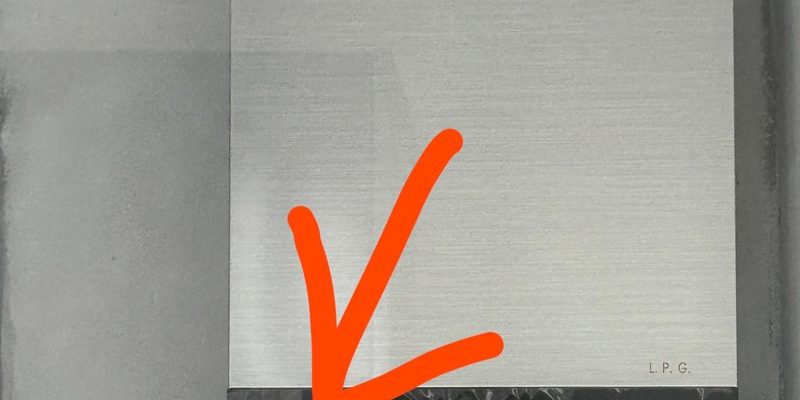
Imagine your water heater as a car, and the error codes are like those annoying dashboard lights telling you something’s not quite right. The E1 code is a kind of signal from your Kenmore heater that says, “Hey, I’m not feeling so great, and I need a little attention!” In many cases, this error could be linked to a few common issues, and a reset might be all it takes to get things back to normal. But before you jump to conclusions, let’s explore what might cause this hiccup.
Understanding Error Code E1
When you see an E1 error on your Kenmore water heater, it usually means there’s a glitch or a fault in its operation. This isn’t a specific error pointing directly to one issue, but it can often be associated with a problem in the ignition, gas line, or temperature sensors. Think of your water heater trying to light up but can’t find its match, or it senses the water isn’t reaching the right temperature, and it’s scratching its proverbial head trying to understand why.
So, why does this matter? Well, if you’re dealing with a sensor malfunction, the heater could be misreading the water temperature, leading to cold showers. On the other hand, if it’s an ignition issue or a blockage in the gas line, your heater might not be able to start up properly. Each scenario has its own set of checks and fixes, but understanding the error helps you pinpoint where to look.
Here’s another way to think of it: the E1 error is like a mystery novel. You’ve got a clue, but you need to gather more evidence before finding the solution. The good news is that often the solution can be as simple as hitting that reset button. But, it’s important to know when a reset is a good idea versus when you might need to call in some expert sleuths to help.
How to Perform a Reset
Resetting a water heater is a bit like rebooting your computer when it’s acting up. A fresh start can clear out bugs and glitches, giving everything a chance to run smoothly again. To reset your Kenmore water heater, you typically need to look for the reset button, which is usually red and located somewhere near the thermostat or behind a panel.
Here’s the deal: Press and hold the reset button for about five seconds. You should hear a click, which means the reset has taken place. After this, give your heater some time to start up again. It’s like letting your laptop boot back up; you might hear some clicks or feel the heater warming up as it runs through its startup sequence.
But before you get reset-happy, consider this: Resetting your heater is a temporary fix if there’s an underlying issue that hasn’t been addressed. If the error returns after a reset, there might be a deeper problem that needs fixing — like a faulty sensor or a misaligned gas valve. If you’re not comfortable tinkering with these components, it’s definitely time to call in a professional.
When a Reset Isn’t Enough
So, you’ve reset your heater and the E1 code keeps coming back. What’s next? Well, this might be where the plot thickens. If there’s a recurring problem, the issue might lie with parts like the ignition system or the gas supply. For example, if the ignition isn’t sparking correctly, it can’t light the gas to heat the water. It’s like having a car with a dead battery — no matter how often you try, it just won’t start until you fix the real problem.
In some cases, there might be buildup or blockage in the gas line, which prevents the heater from functioning correctly. If you suspect this, it’s best to leave it to the experts rather than poking around yourself. Remember, dealing with gas appliances requires caution. And if we’re talking about a faulty sensor, sometimes it’s just a matter of replacing that specific part to get everything back in working order.
As a rule of thumb, if the reset button feels like your only friend, consider keeping a professional technician on speed dial. Sometimes, a deeper inspection is necessary to ensure everything is safe and sound.
Preventive Measures and Final Thoughts
Alright, so now you’re an E1 code detective and you’ve tackled the issue head-on. But how do you prevent this from happening again? Regular maintenance is the key. Just like how cars need regular oil changes, your water heater needs a bit of TLC. Check the components periodically, ensure your gas lines are clear, and get those sensors inspected from time to time.
Here’s a tip: Keep the area around your heater clean and free from dust and debris. This might seem trivial, but it can make a difference in preventing blockages and ensuring proper airflow. Additionally, if you notice any unusual noises or smells, don’t wait for an error code to pop up. Address it early to avoid bigger issues down the road.
In conclusion, while resetting your Kenmore water heater can often solve the E1 error code, it’s not always the definitive fix if there’s a deeper issue at play. So, keep an eye on things, don’t hesitate to seek help when needed, and remember that regular maintenance is your best defense against future headaches. Happy heating!
